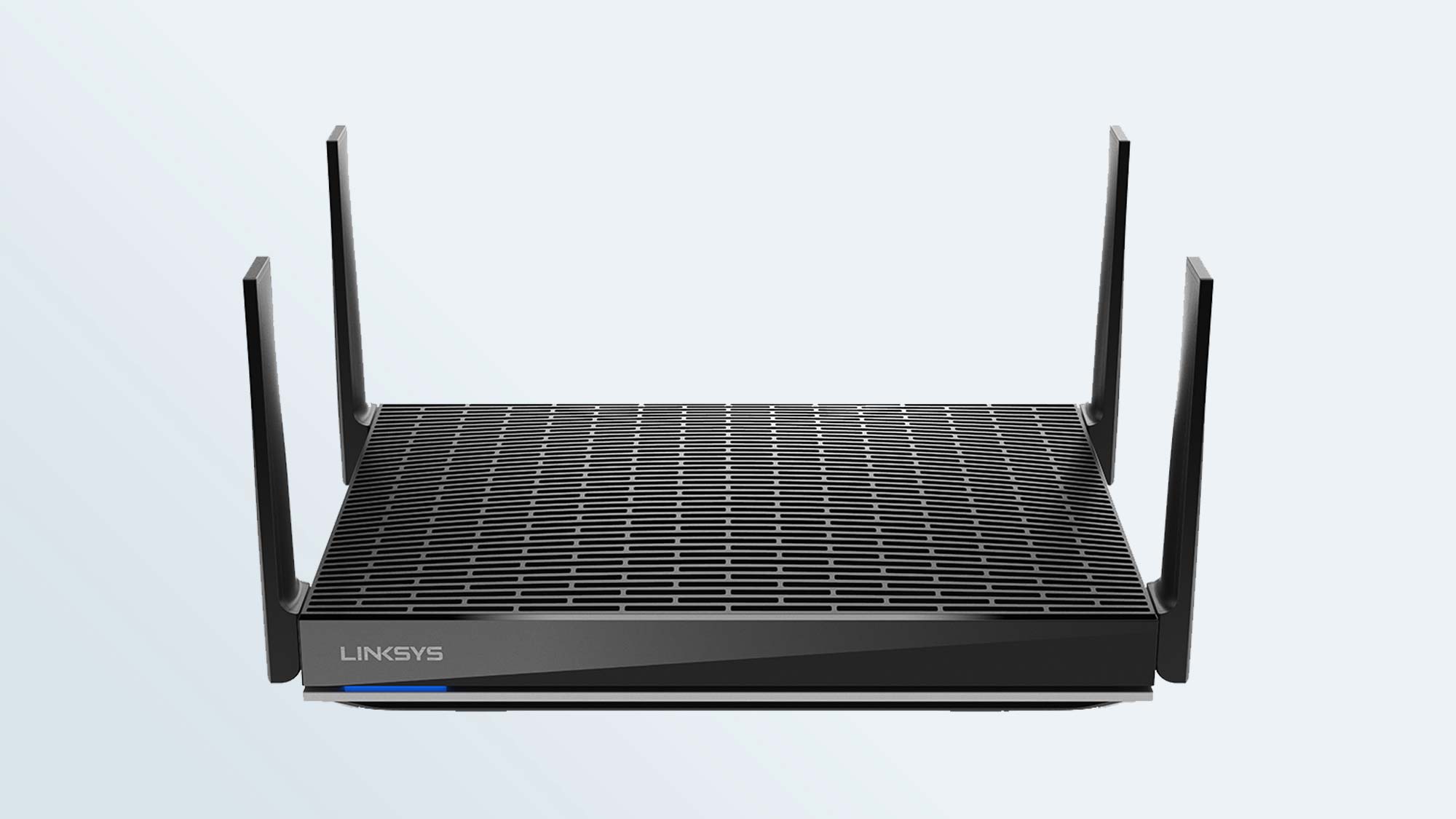

This results in weak signal areas and dead spots.

Distance from the router, with the addition of WiFi obstructions, impacts wireless internet coverage throughout. Traditional WiFi networks are centralized, meaning all devices connect to a single router. What's the Difference Between Mesh WiFi and Traditional WiFi? To learn more about the differences between ethernet and WiFi, visit The Differences Between Internet, Ethernet, WiFi, and Cellular. The use of Ethernet cables helps route information faster and mitigates signal interference. Wiring a mesh network results in better speeds and connection performance. For homes that aren't pre-wired, mesh nodes would have to be connected to the LAN ports of a switch that is wired to the mesh router. If your home has built-in hardwire infrastructure, you'd use the LAN port to connect your nodes to an ethernet wall socket. Via the WAN port, the mesh router would connect to the modem like normal. Without said port, a wired mesh network isn’t possible. To effectively hardwire your WiFi mesh system, make sure all nodes have at least one Ethernet LAN port. Some mesh systems allow for Ethernet backhaul, which is a fancy way of saying the backbone of your network is composed of wires. Your system does not have to be totally wireless, though. By placing a mesh node close to a window, the signal can bleed through the walls and keep you connected in your front or backyard. While not designed for outdoor use, a mesh network can help you extend your WiFi coverage outside. Though, the wall's material and thickness will affect how strong the signal is on the other side. Using smart technology, like beamforming, Mesh WiFi can blast signals through walls and other materials that block WiFi signals. Walls are notorious for blocking wireless signals or decreasing strength. Similarly, if one node is congested, the system re-routes all data through a different path to avoid speed slowdowns.

For example, if one node was to stop working, the whole system adapts and re-routes information through a different path. They use adaptive routing (aka dynamic routing) technology to choose the fastest and safest path to send and receive information.
Best mesh network how to#
Built-in smart technology tells the nodes how to route data. Regardless of your setup, data jumps from node to node till it reaches its destination, be it the mesh router or a WiFi device. A partial mesh network consists of nodes that can only communicate with certain nodes.
Best mesh network full#
A full mesh network means all nodes can communicate with each other.

The network topology can be full or partial mesh. It’s almost like having multiple WiFi routers in your home sharing one seamless WiFi network. Devices automatically connect to the closest node. This reduces dead spots and improves reliability. Together they create a large WiFi coverage bubble with many ways to route information. Those nodes then wirelessly share their internet connection with the nodes within their range. The node connected to the modem wirelessly shares its internet connection with all nodes within its range. The others sit throughout your house near a power source. One directly connects to your internet modem. WiFi mesh networks use multiple mesh nodes. Rather than just relying on a single router broadcasting WiFi from a single location, mesh networks create multiple points of connectivity. They work together to efficiently route data to and from connected devices in your building. It’s a network built out of multiple wireless access points called mesh nodes, extenders, or satellites.Įach node is like a WiFi router.
Best mesh network free#
Learn more or call us for a free consultation: 1-80 What is a Mesh Network?Ī mesh network is designed to blanket your entire home or business with WiFi coverage. Take advantage of our system design and installation services.


 0 kommentar(er)
0 kommentar(er)
